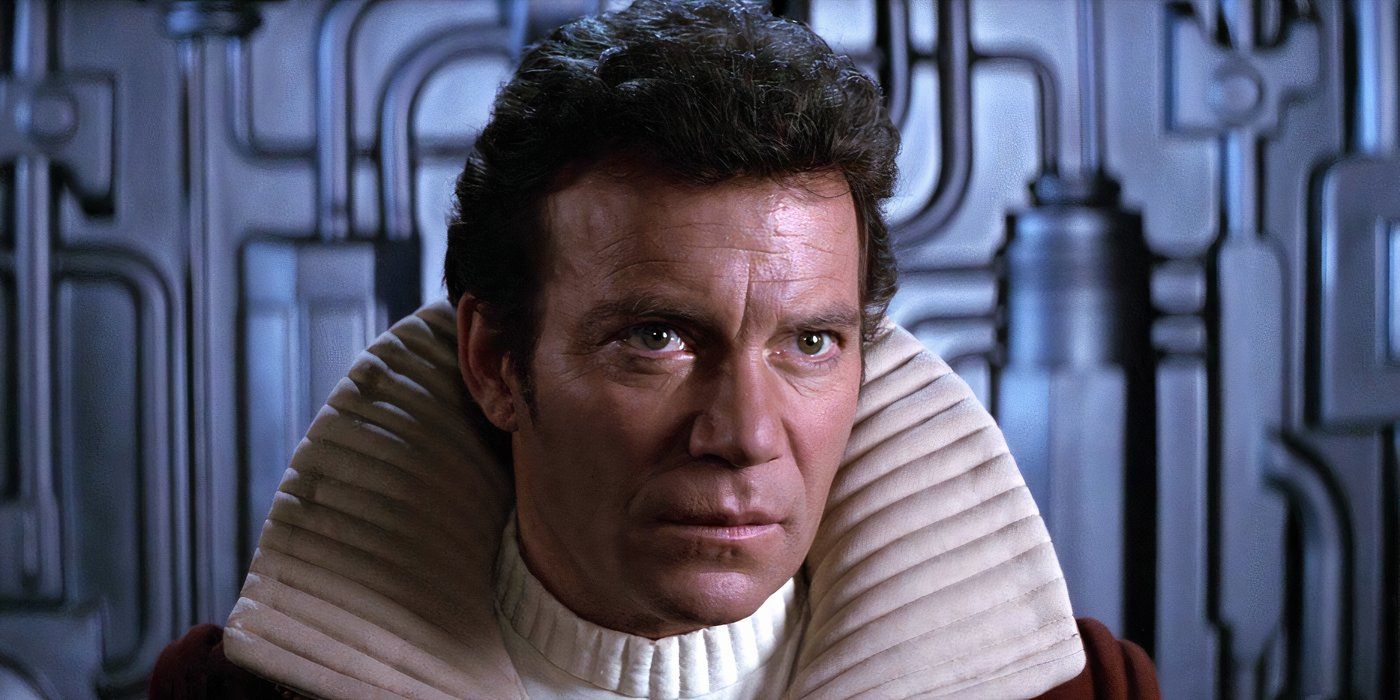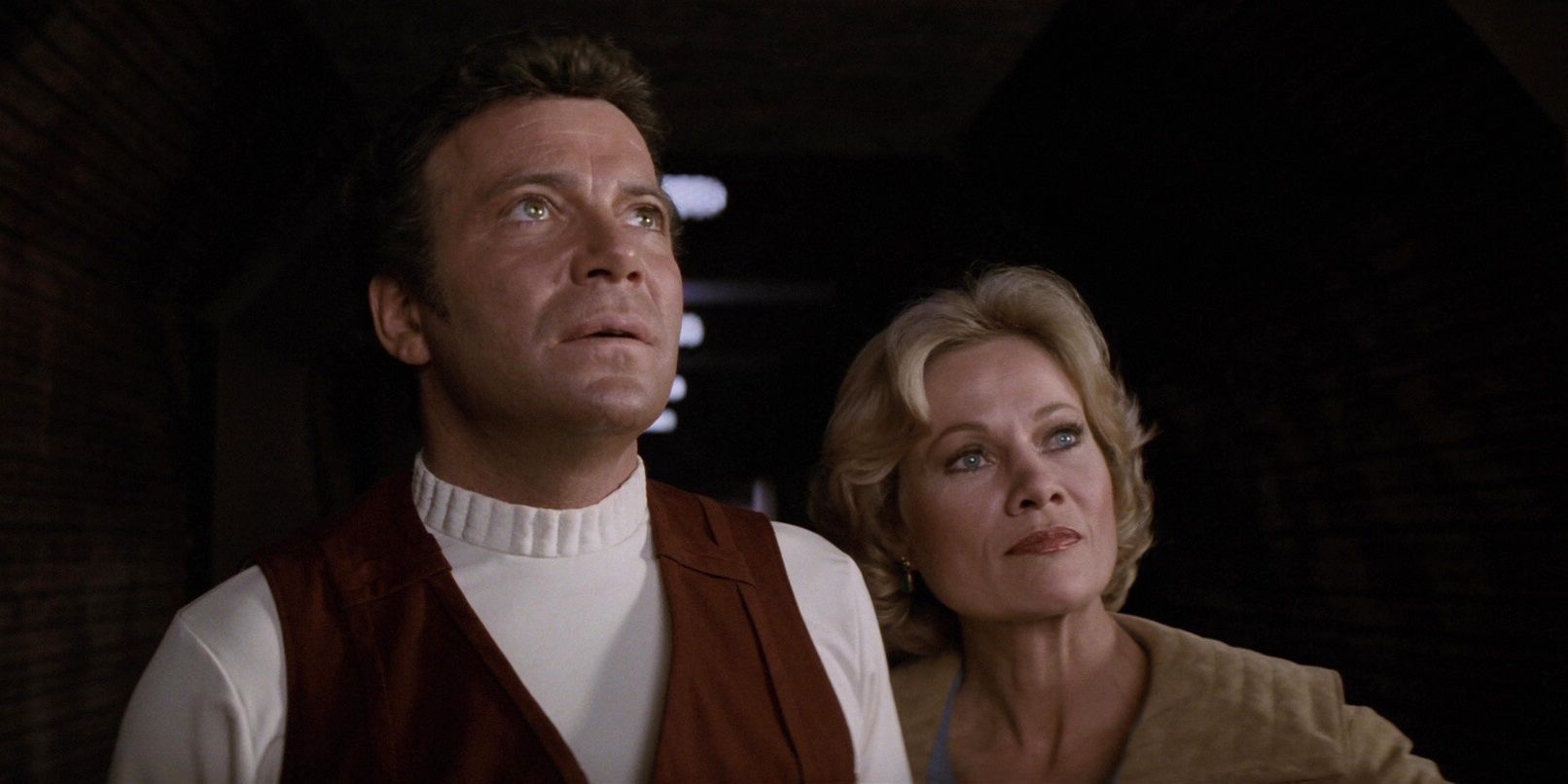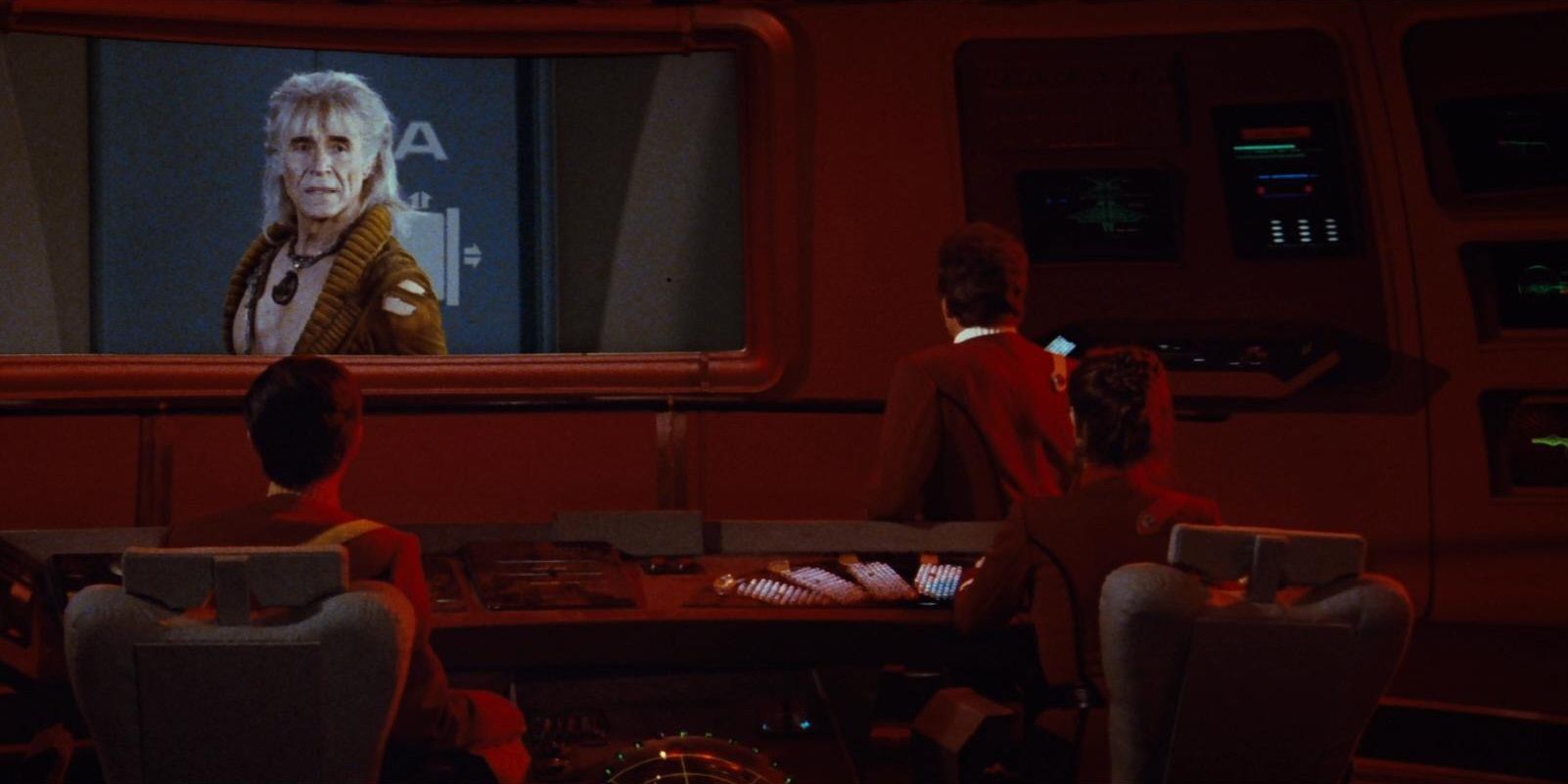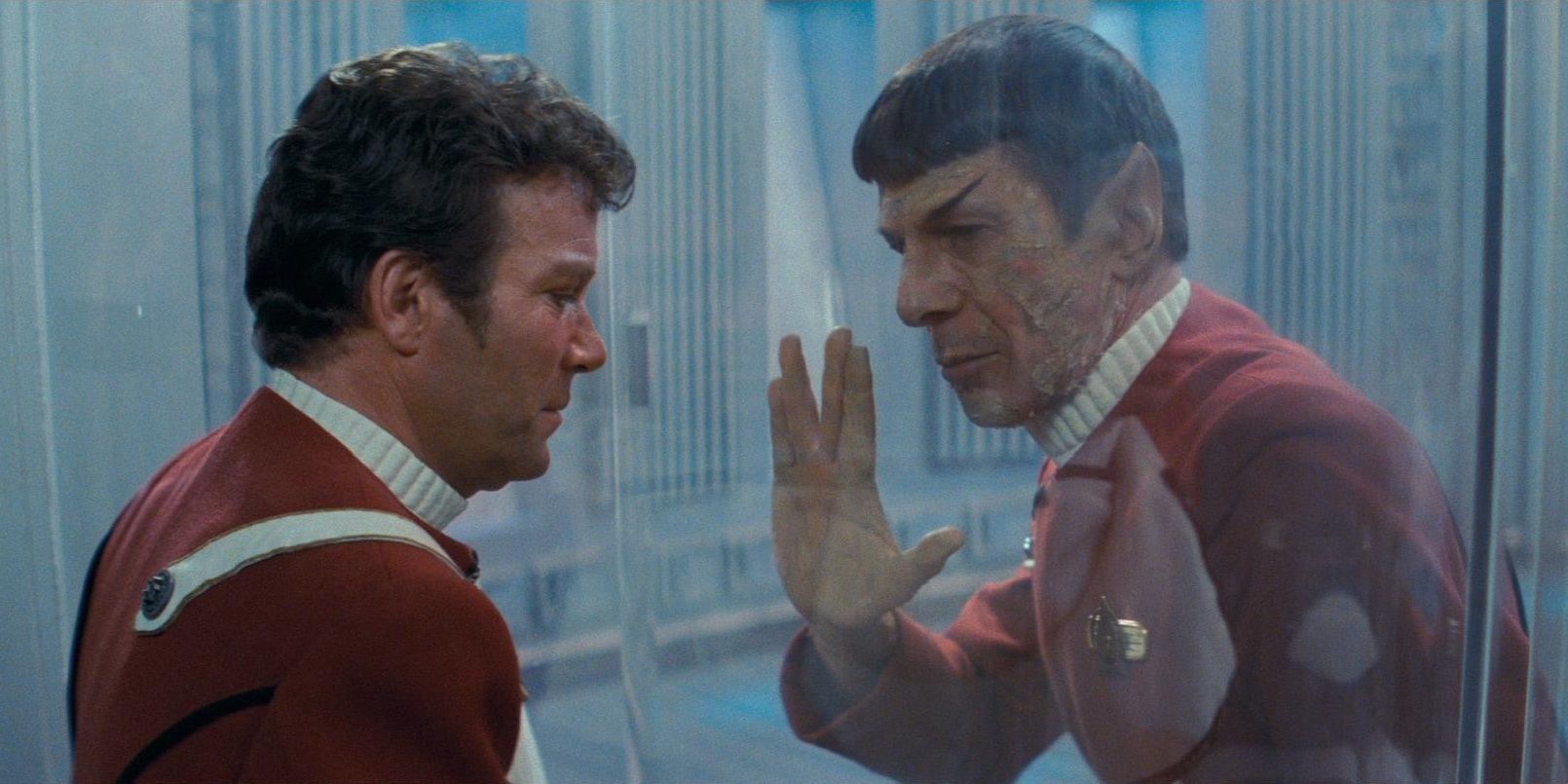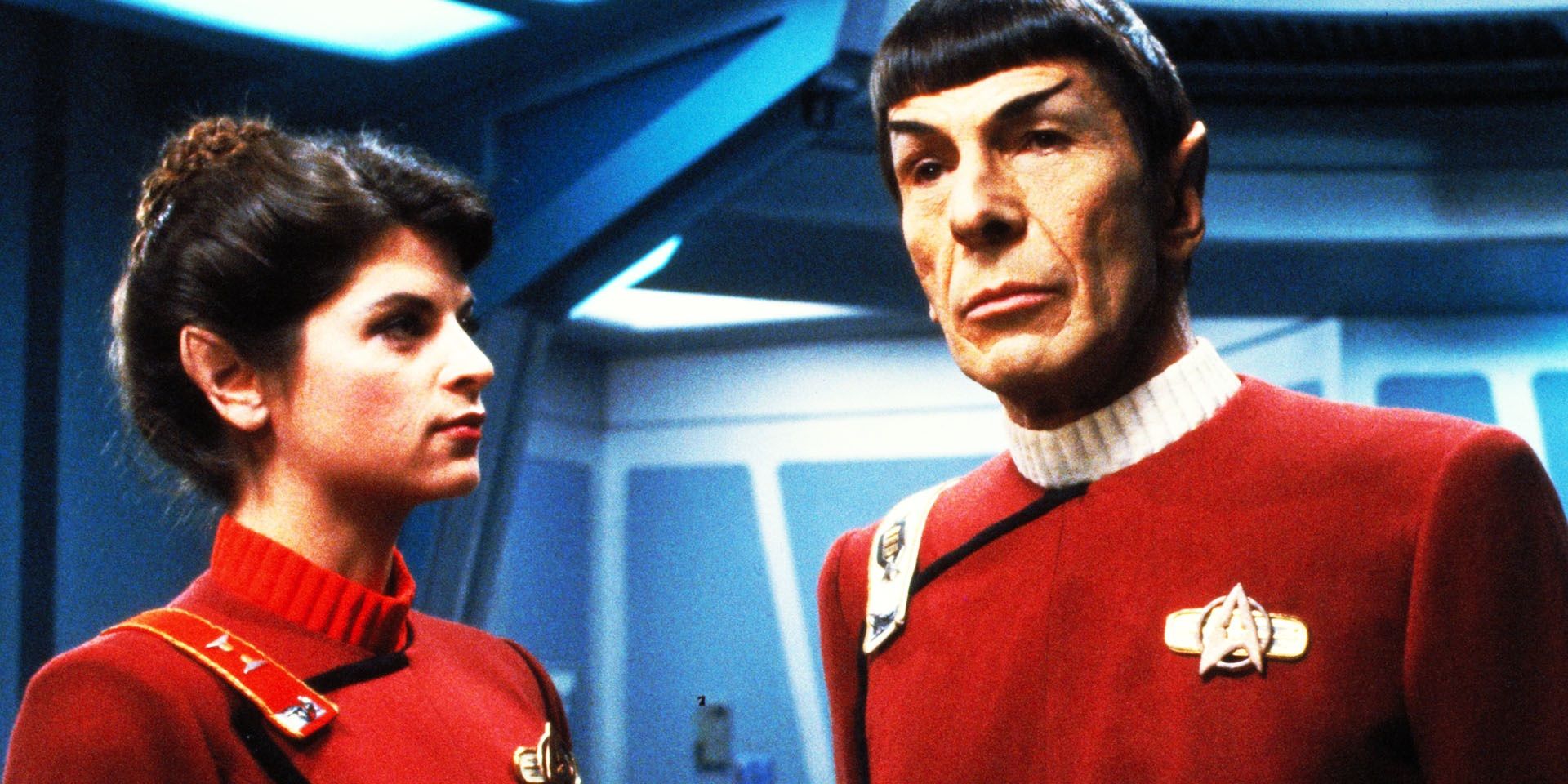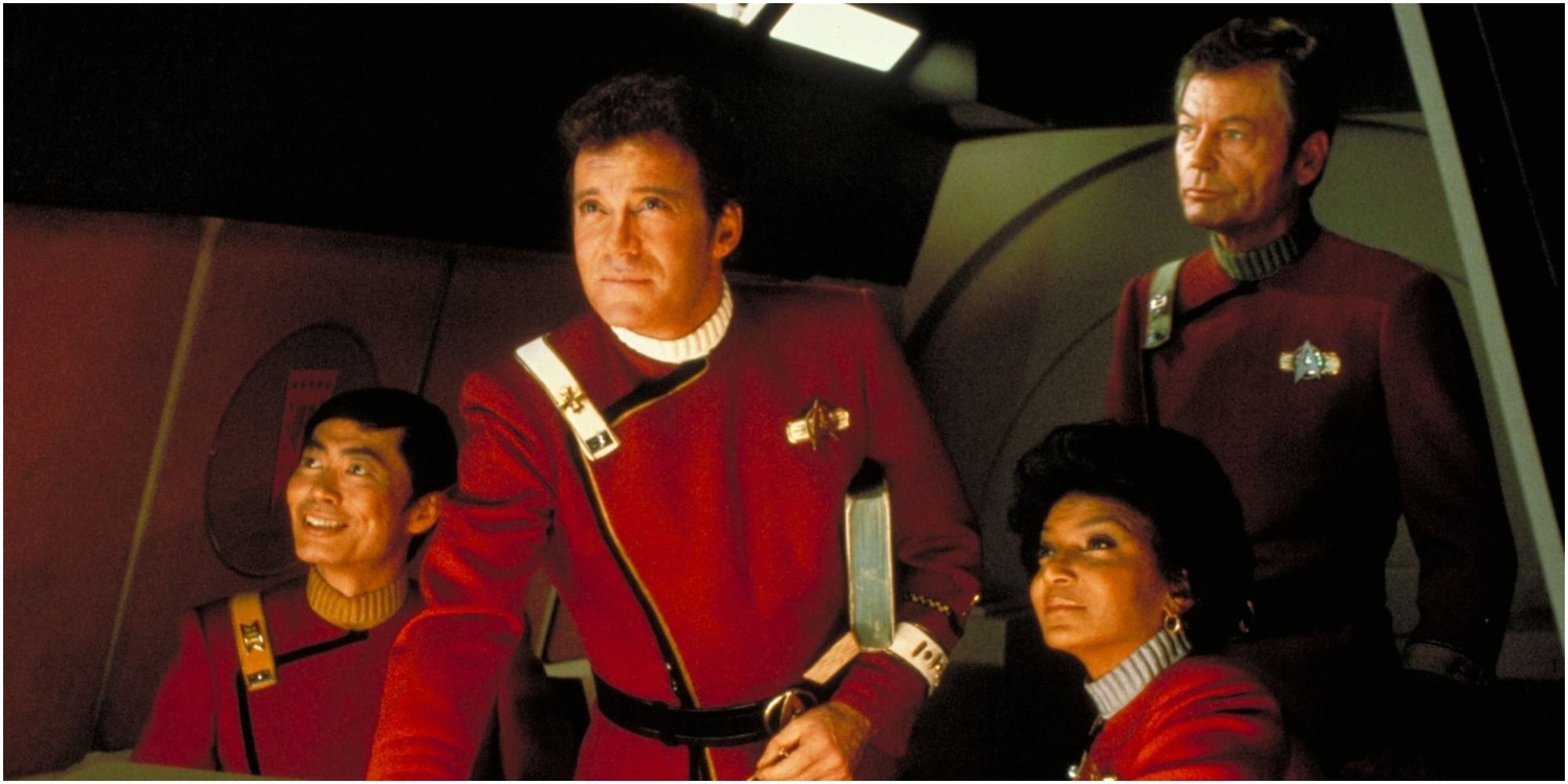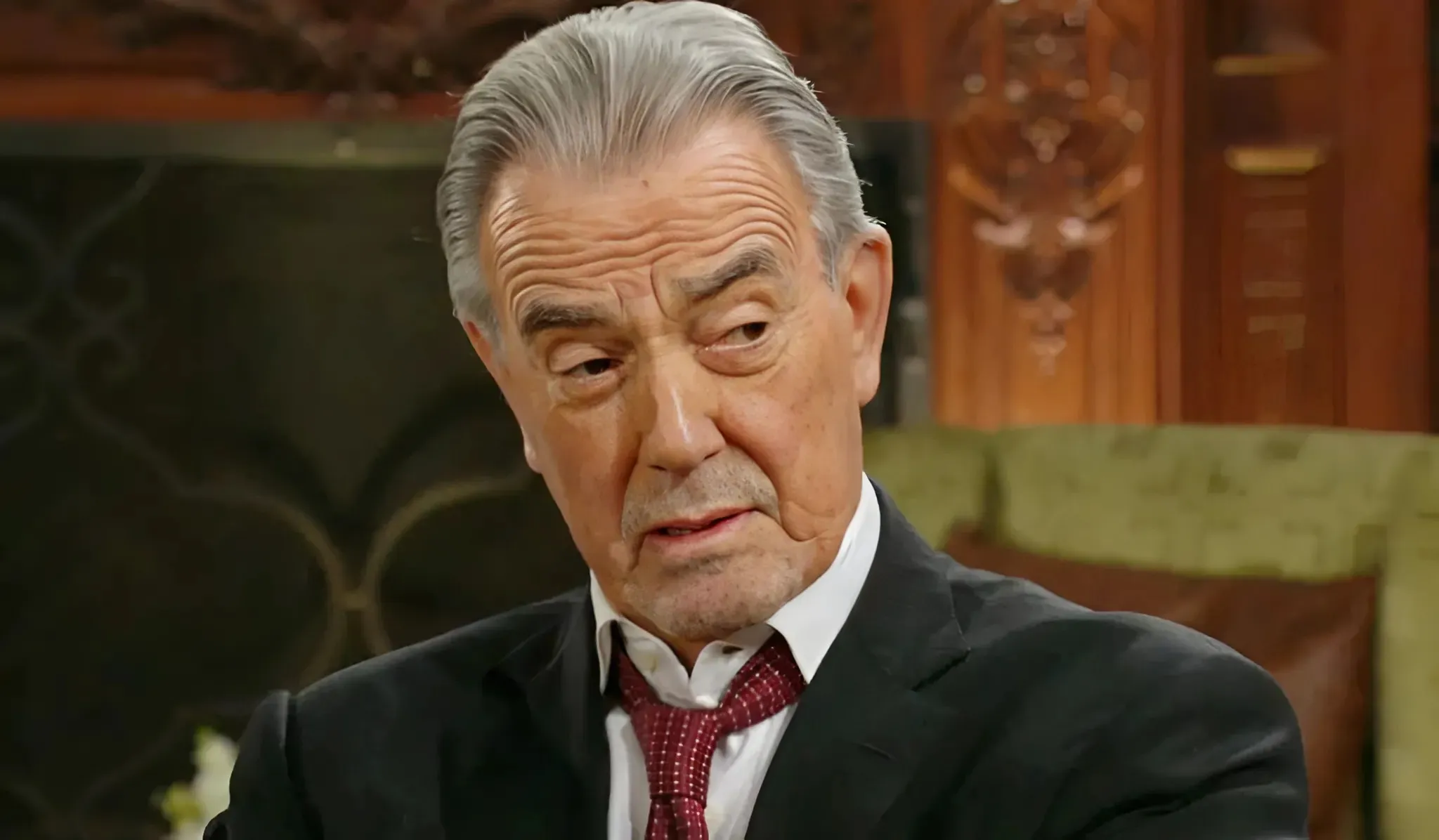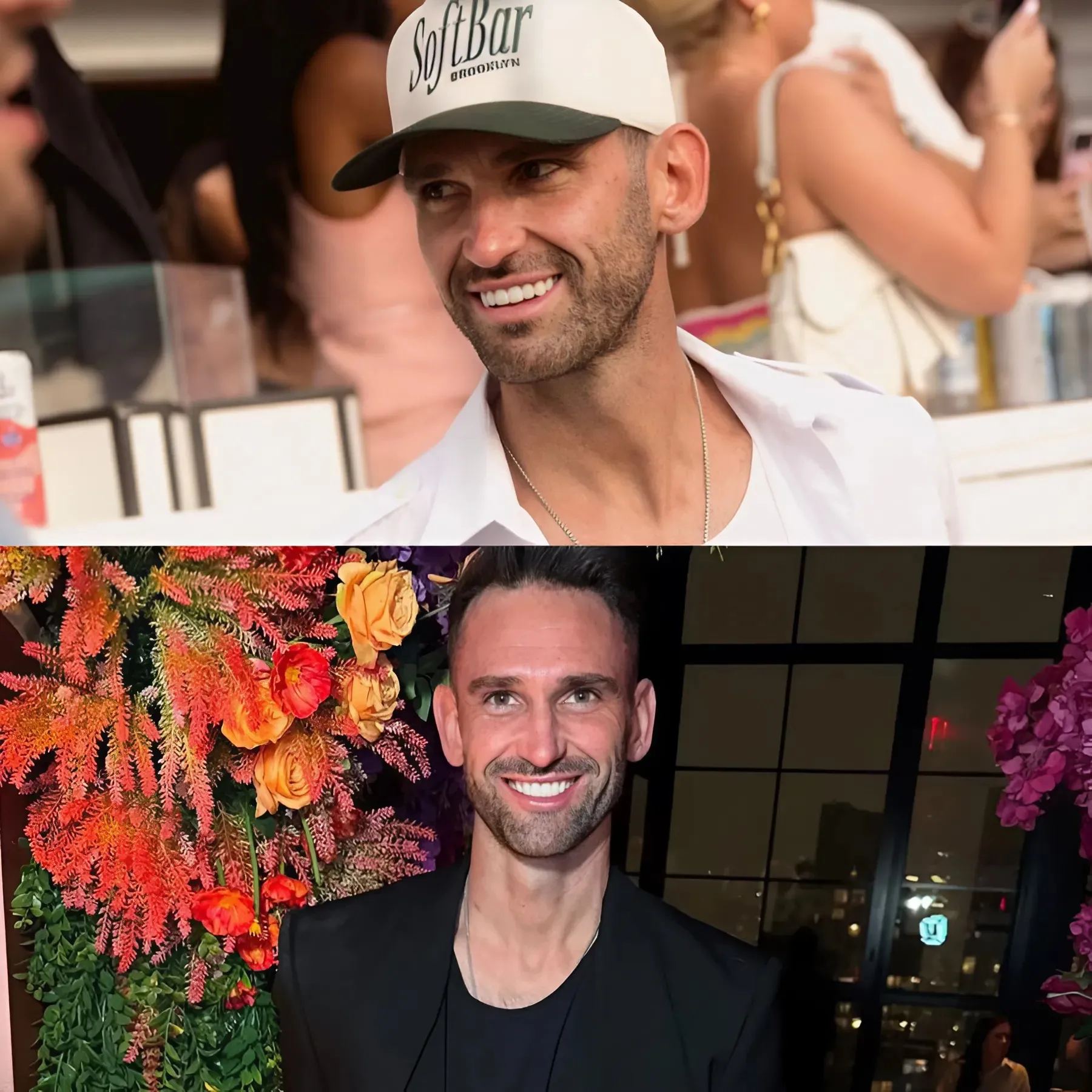Kirk, Spock, McCoy, and the rest of the Enterprise crew would appear in six movies between 1979 and 1991, and a few would return for Star Trek: Generations in 1994. The Star Trek film franchise was popular enough to inspire another TV series in 1987, and Star Trek would go on to dominate TV throughout the 1990s and early Aughts with three additional shows. Besides reuniting fans with the beloved Enterprise crew, the Star Trek movies also helped to nail down crucial details about the fictional universe, thus improving upon what had come before.
Star Trek II: The Wrath Of Khan Finally Confirmed The 23rd-Century Setting
The Second Movie Actually Placed The Franchise In Time After Years Of Confusion
The timeline of Star Trek was quite vague before the release of Star Trek II: The Wrath of Khan, and the movie fixed everything by simply including a title card that read "In the 23rd Century." That tagline before the opening credits was the first time that the franchise acknowledged when it takes place, though it would take a while before more concrete years were established. The original TV series offered a few clues, but was often inconsistent with its timeline.
It has retroactively been established that The Wrath of Khan takes place in 2285.
Star Trek: The Motion Picture had previously made vague references to its time, and it mostly conforms to Wrath of Khan's definitive century dating. Decker (played by Stephen Collins) states that the Voyager 6 probe was launched 300 years before the events of the movie. Assuming Voyager 6 was launched within a decade or so of the actual Voyager probes, that would make it around the 1970s, thus confirming a late 23rd century timeline for the Star Trek movies.
Star Trek's Current Timeline Wouldn't Have Been Possible Without The Wrath Of Khan
The Wrath Of Khan Opened The Door For The Rest Of The Timeline
Though it didn't really matter when Star Trek: The Original Series took place, one of the main themes of Star Trek II: The Wrath of Khan was the aging of its characters. A firm timeline was needed to establish how much the characters had aged, and the vagueness of the classic episodes didn't work. The Wrath of Khan also set the blueprint for the franchise, and subsequent shows would follow the movie's established timeline. When Star Trek: The Next Generation arrived, it was firmly established that it takes place in the 2360s, around a hundred years after TOS.
Even in the modern era of Star Trek, shows like Discovery and Strange New Worlds still fit into the original timeline created by The Wrath of Khan. It was bound to happen eventually if the franchise continued to grow, but it was a gutsy move for the first Star Trek sequel to finally place its characters in time. Like its dark themes, The Wrath of Khan's concrete timeline shifts it further away from Roddenberry's original vision. His space opera with heady moralistic ideas had bloomed into something much larger by the time the movies began coming out.
Key moments in the Star Trek timeline include:
The Star Trek timeline is still somewhat murky, and the 23rd century dates established by Star Trek II: The Wrath of Khan aren't without their own plotholes and confusing contradictions. However, their importance can't be understated, because it finally empowered future Star Trek writers to be more certain with their storytelling. Instead of the Enterprise crew being divorced from the weight of time, the stories have more gravity because they represent moments in the lifetimes of their heroes and villains.
